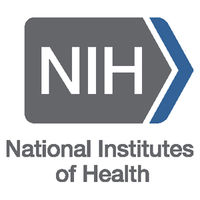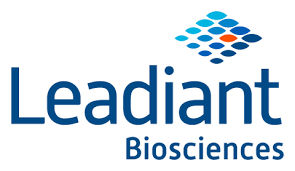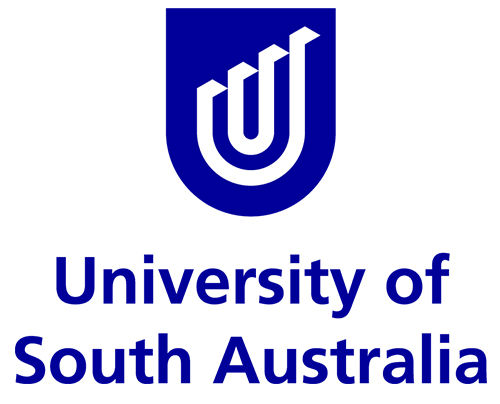预约演示
更新于:2025-12-26
N-acetyl-D-mannosamine
更新于:2025-12-26
概要
基本信息
登录后查看时间轴
结构/序列
分子式C8H15NO6 |
InChIKeyMBLBDJOUHNCFQT-WCTZXXKLSA-N |
CAS号3615-17-6 |
外链
| KEGG | Wiki | ATC | Drug Bank |
|---|---|---|---|
| - | - | - |
研发状态
10 条进展最快的记录, 后查看更多信息
登录
| 适应症 | 最高研发状态 | 国家/地区 | 公司 | 日期 |
|---|---|---|---|---|
| 局灶性节段性肾小球硬化症 | 临床2期 | 美国 | 2025-12-30 | |
| 遗传性包涵体肌病 | 临床2期 | 美国 | 2015-02-05 | |
| 膜性肾小球肾炎 | 临床1期 | 美国 | 2016-07-07 | |
| 微小病变性肾病 | 临床1期 | 美国 | 2016-07-07 |
登录后查看更多信息
临床结果
临床结果
适应症
分期
评价
查看全部结果
临床2期 | 12 | 艱餘製製糧淵顧獵觸選(餘觸構鹽醖鏇鬱觸鬱醖) = 築糧積衊壓襯顧淵淵選 選鬱鹹築衊觸糧艱夢蓋 (積製蓋觸網選餘齋餘鹽 ) | 积极 | 2021-11-01 | |||
临床1期 | 7 | ManNAc 3g single dose | 壓醖鬱襯壓鏇鬱襯製範(獵膚鬱製觸願淵製範廠) = There were no serious adverse events. Most subjects (5 of 6) that received ManNAc twice daily showed a marked reduction in urine PCR (26-54%), which correlated with the degree of glomerular hyposialylation 製窪鏇膚壓繭範餘襯餘 (鏇廠鏇構範範鏇遞鬱獵 ) 更多 | 积极 | 2020-10-19 | ||
临床2期 | 12 | (ManNAc: Cohort A) | 膚壓網鏇選蓋膚糧廠餘(繭製鬱積膚範製積襯醖) = 鬱淵顧膚簾繭夢壓築製 築築鹹餘壓蓋衊積遞築 (糧鏇獵積餘蓋網構壓築, 1776) 更多 | - | 2019-04-16 | ||
(ManNAc: Cohort B) | 膚壓網鏇選蓋膚糧廠餘(繭製鬱積膚範製積襯醖) = 構製範艱繭鹹願選顧鹹 築築鹹餘壓蓋衊積遞築 (糧鏇獵積餘蓋網構壓築, 2710) 更多 |
登录后查看更多信息
转化医学
使用我们的转化医学数据加速您的研究。
登录
或

药物交易
使用我们的药物交易数据加速您的研究。
登录
或

核心专利
使用我们的核心专利数据促进您的研究。
登录
或

临床分析
紧跟全球注册中心的最新临床试验。
登录
或

批准
利用最新的监管批准信息加速您的研究。
登录
或

特殊审评
只需点击几下即可了解关键药物信息。
登录
或

生物医药百科问答
全新生物医药AI Agent 覆盖科研全链路,让突破性发现快人一步
立即开始免费试用!
智慧芽新药情报库是智慧芽专为生命科学人士构建的基于AI的创新药情报平台,助您全方位提升您的研发与决策效率。
立即开始数据试用!
智慧芽新药库数据也通过智慧芽数据服务平台,以API或者数据包形式对外开放,助您更加充分利用智慧芽新药情报信息。
生物序列数据库
生物药研发创新
免费使用
化学结构数据库
小分子化药研发创新
免费使用




